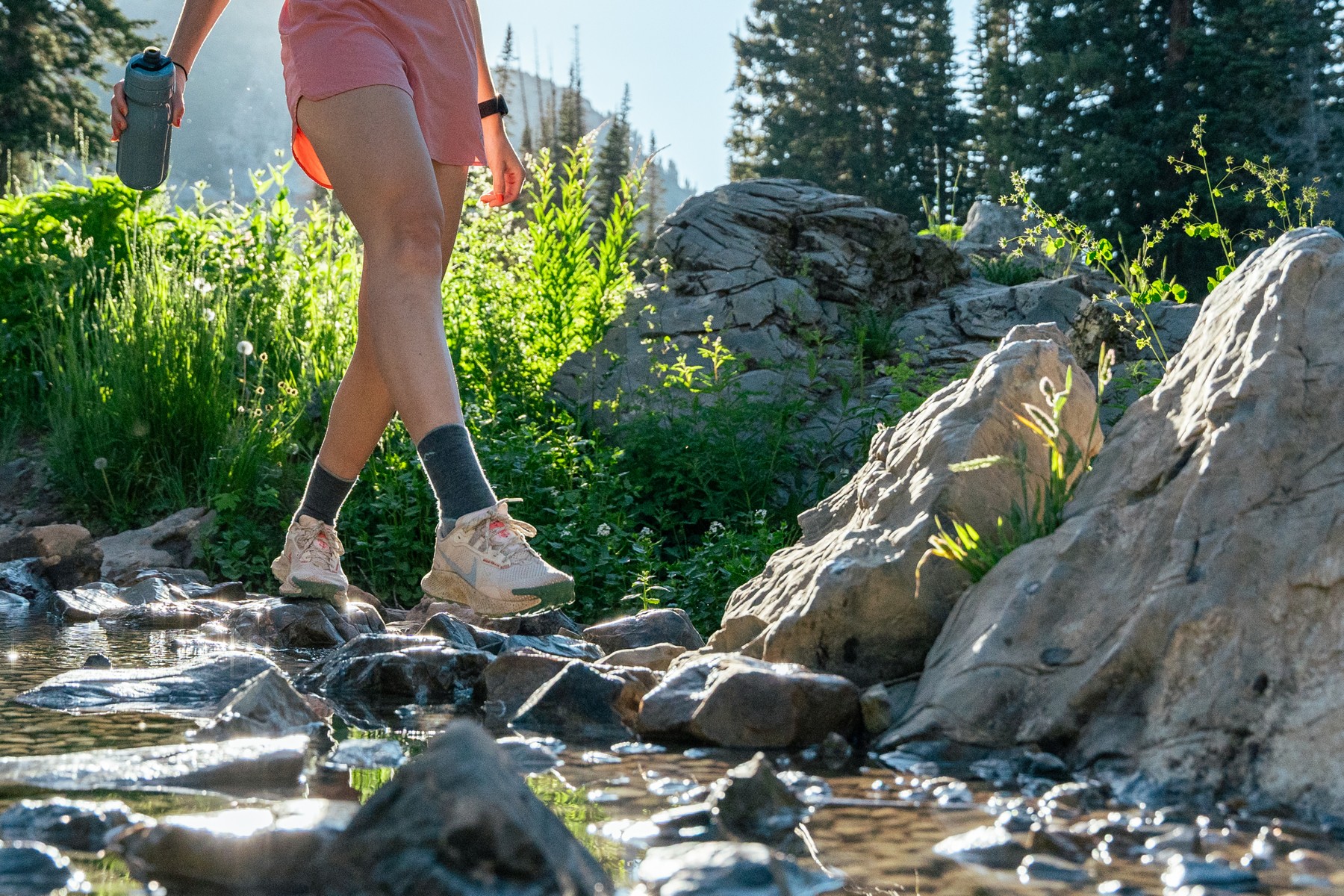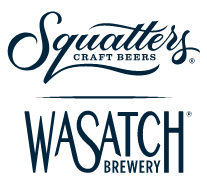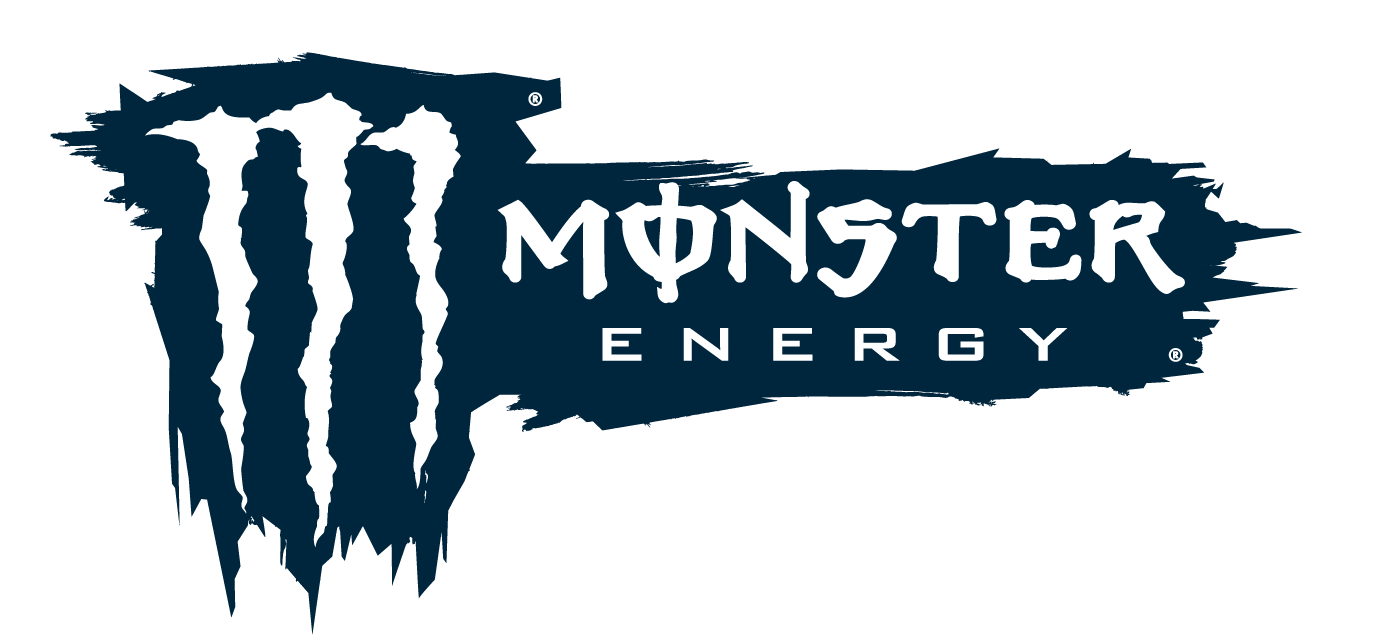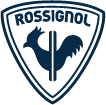Mountain biking, hiking, fly fishing, you name it! Utah summers are meant to be spent outside. Early sunrises and late sunsets are perfect for so many outdoor adventures. But as the first yellow leaves of fall start to arrive and you feel the crisp morning air, winter slowly creeps back onto our radar, which means ski season is quickly approaching.
If that first gym workout in October always feels like a slog, you're not alone. As a physical therapist who works with skiers and mountain athletes, I’m here to reassure you that staying ski-fit doesn’t require taking away from your summer agenda. With a few intentional tweaks to your routine, you can maintain the strength, endurance, and mobility you need to charge into ski season prep strong.
Here are five tips to keep in mind this summer to pick up right where you left off last winter, come fall.
1. Aerobic Conditioning: 3 Days/Week
Whether you're crushing High Boy laps at Alta Ski Area, hiking Baldy laps at Snowbird, or enjoying Nordic Nights at Solitude Nordic & Snowshoe Center, a solid aerobic base is crucial for all types of skiing. Luckily for you, summer favorites like hiking, biking, paddleboarding, and trail running already do a great job of maintaining your aerobic base.
When planning your summer activities, aim for at least 150 minutes per week of cardio activity, spread over three days, with each session lasting at least 10 minutes to achieve cardiovascular benefits.
2. Strength Training: 1 Day/Week
Though it’s tempting to spend all summer exploring Utah’s mountains and lakes, don’t skip gym day just because you’re spending more time on the trail. Even one day per week can help maintain the lower-body strength you built last ski season.
When it comes to strength training during the summer, keep it simple: weighted squats, lunges, deadlifts, and core will check all the boxes. If you want more detail, check out my preseason ski strength blog here: Pre-Season Strength & Conditioning for Skiers.
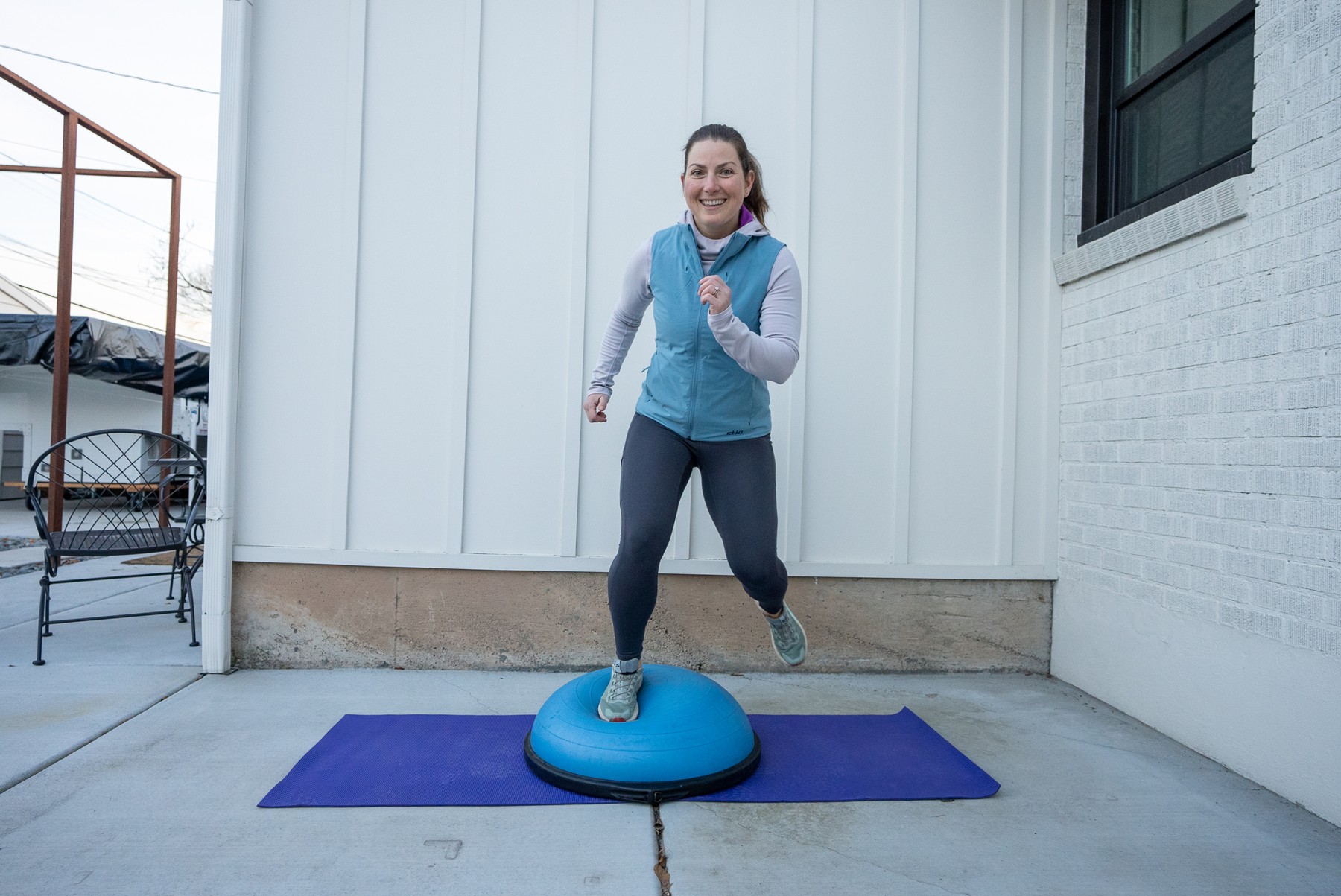
3. Balance Training: 2–3 Days/Week
Balance training is one of the most important aspects of skiing, and it is so easy to integrate into your summer activities. Mountain biking, paddle boarding, rollerblading, and hopping from rock to rock while crossing a river all count! When out for a trail run, I recommend playing around with sections of the trail where you can plan your line and practice purposeful foot placement at speed. These skills carry over from summer activities into skiing without any additional time or hassle.
If you’re trying to get some extra balance work done during your gym sessions, lateral movements and single-leg tasks are especially helpful for skiers. Here are a few of my favorites: Ski-Specific Balance Training.
4. Flexibility & Mobility: 2–3 Days/Week
Stretching and mobility work should always be a part of your program year-round. But when it comes to planning for skiing, make sure not to skip stretching glutes, hamstrings, quads, hip flexors, and lower back. A lot of what we do during summer and winter sports requires a forward flexed posture, so it’s very important to undo this during your stretching routine. Adding mid-back and hip opening work to your program can be so helpful to maintain lifelong joint mobility and posture.
Some of my favorite stretches to maintain good joint mobility and health during the off season include: Thread the needle, cat/cow, bridges with hip dips, hip flexor stretches, hip 90/90’s, and band-assisted hamstring stretches. For more ideas, check out the video here:
Getting stretching incorporated into your summer can be as simple as a 10-minute post-ride stretch or checking out a Mountainside Yoga Class.
5. Sport-Specific Training: 1–2 Days/Week
Skiing is a unique movement pattern that you rarely find in other sports. While ski season may be months away, make sure to include ski-like movement patterns in your training. Lateral agility, explosive movement, and rotational control all translate directly to skiing, and your body will be grateful that you took the time to maintain these skills once winter returns.
This summer, try lateral bounds or hops while trail running, rollerblading to maintain balance and lateral stability, or lateral hopping with direction changes while hanging out in a park.
Sprinkle these into your cardio or neuromotor days, and your knees will thank you this winter.
Sample Weekly Summer Ski Fitness Routine
Day 1: Mountain bike ride (45-90 minutes) + 10-minute mobility/stretching when you get home
Day 2: Gym: Back Squats, Kettle Bell Lunges, Single Leg Deadlifts, Weighted Step Ups + 10 minutes of Plyometrics: Double leg hopping, single leg hopping, lateral jump and stick drills, drop jump and rotate
Day 3: Hike or trail run with balance drills (rock hopping, line planning down technical sections, quick feet drills, skipping)
Day 4: Rest or short recovery walk or rollerblading + 10-minute mobility/stretching when you get home
Day 5: Cardio of choice 45-90 minutes + 10 minutes of Plyometrics
Day 6: Yoga or mobility session
Day 7: Long hike or mountain bike ride + 10-minute mobility/stretching when you get home
No matter how you like recreating during the summer, building just a little ski fitness base into your week will keep you primed for winter. A consistent aerobic base, one solid strength day, and a bit of balance and mobility is all it takes to stay ski-ready so that when fall training comes along, you can pick up exactly where you left off last spring!
References:
- American Academy of Family Physicians; American Academy of Orthopaedic Surgeons; American College of Sports Medicine; American Orthopaedic Society for Sports Medicine; American Osteopathic Academy of Sports Medicine; American Medical Society for Sports Medicine. The team physician and conditioning of athletes for sports: a consensus statement. Med Sci Sports Exerc. 2001 Oct;33(10):1789-93. doi: 10.1097/00005768-200110000-00027. PMID: 11581568.
- Feofilaktov VV, Heil D, Myakinchenko EB, Smith DM, Kruchkov AS. Elite Cross-Country Skiers Develop Greater Physiological Adaptations Than Biathletes in Summer Macrocycle. J Strength Cond Res. 2025 May 16. doi: 10.1519/JSC.0000000000005108. Epub ahead of print. PMID: 40440539.
- Garber CE, Blissmer B, Deschenes MR, Franklin BA, Lamonte MJ, Lee IM, Nieman DC, Swain DP; American College of Sports Medicine. American College of Sports Medicine position stand. Quantity and quality of exercise for developing and maintaining cardiorespiratory, musculoskeletal, and neuromotor fitness in apparently healthy adults: guidance for prescribing exercise. Med Sci Sports Exerc. 2011 Jul;43(7):1334-59. doi: 10.1249/MSS.0b013e318213fefb. PMID: 21694556.
- The team physician and strength and conditioning of athletes for sports: a consensus statement. Med Sci Sports Exerc. 2015 Feb;47(2):440-5. doi: 10.1249/MSS.0000000000000583. PMID: 25594944.
- Wang Z, Cai Y, Wu J, Xie S, Jiao W. Relationship between Lower Extremity Fitness Levels and Injury Risk among Recreational Alpine Skiers: A Prospective Cohort Study. Int J Environ Res Public Health. 2022 Aug 22;19(16):10430. doi: 10.3390/ijerph191610430. PMID: 36012065; PMCID: PMC9408581.
